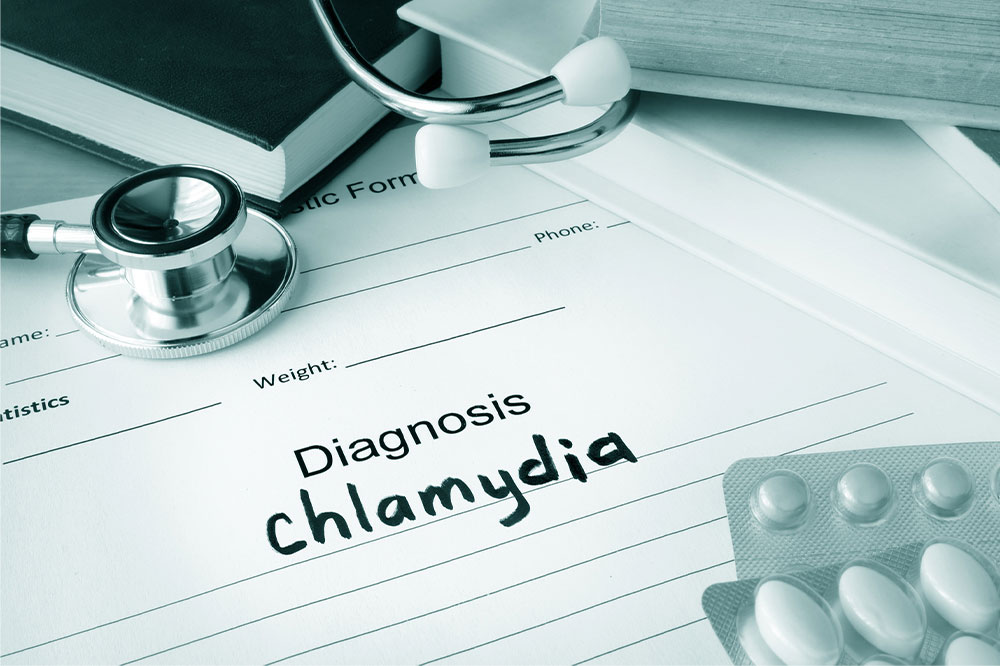
Chlamydia – Symptoms, causes, and management
Chlamydia is a sexually transmitted bacterial infection. While chlamydia infections can be treated, the symptoms are usually unnoticeable. However, one may observe a few signs one to three weeks after contracting the infection. If left untreated, the infection may result in complications, like damage to the reproductive organs. So, one should learn about and recognize common signs, get regular checkups, and use appropriate preventive measures to keep such STIs at bay.
Symptoms
Men and women may experience different symptoms upon contracting chlamydia. Women can experience the following changes:
- Pain while peeing
- Burning or itching in or around the vagina
- Painful periods
- Abnormal vaginal discharge with an odor
- Pain during intercourse
- Abdominal pain and fever
- Bleeding between periods
Men experience the following symptoms when dealing with chlamydia:
- Painful urination
- Swelling and pain around the testicles
- Itching and burning sensation around the opening of the penis
- Small amounts of cloudy or clear discharge from the tip of the penis
Unprotected sexual contact may also lead to chlamydia in other body parts, such as the eyes, throat, and anus. When the throat is infected, one may not observe any signs. However, an eye infection can lead to discharge, pain, and redness in the region, and an infected anus can lead to discharge and discomfort.
Causes
One may transmit chlamydia to their partners during sexual intercourse, oral or anal sex, and sharing intimate toys. Chlamydia trachomatis is the bacteria responsible for chlamydia. It is transmitted via semen or vaginal discharge and can be contracted via unprotected genital contact or anal, vaginal, or oral sex. The infection is more prevalent in women; studies suggest that women in the country are twice more likely to be infected with chlamydia than men. A few other risk factors are:
- A history of STIs or chlamydia
- Sexual contact with someone having multiple partners
- Unprotected sex with a new partner
Treatment and prevention
Prescription treatment can help cure chlamydia and relieve its symptoms. However, one may experience complications like chronic pain and infertility if they do not get early treatment or do not notice the signs in time. Further, as the infection may not cause any visible signs early on, one may unknowingly transmit it to others or get it from someone unaware of having it. So, sexually active individuals should undergo routine checkups to catch an STI in time. Additionally, condoms can reduce the risk of transmission, so one should avoid unprotected sex to keep STIs like chlamydia at bay. Doctors may determine the appropriate course of treatment depending on the infection’s severity. Further, even when the symptoms are not noticeable or disappear quickly, one must continue taking the recommended dosage of prescribed treatment options.
One should also consult their doctor again if the symptoms do not go away one to two weeks after completing treatment. Finally, six months after one is done with the treatment, they should get checked for chlamydia to ensure they are completely infection-free. Additionally, one should not engage in sexual activity when undergoing treatment to avoid transmitting the infection.




